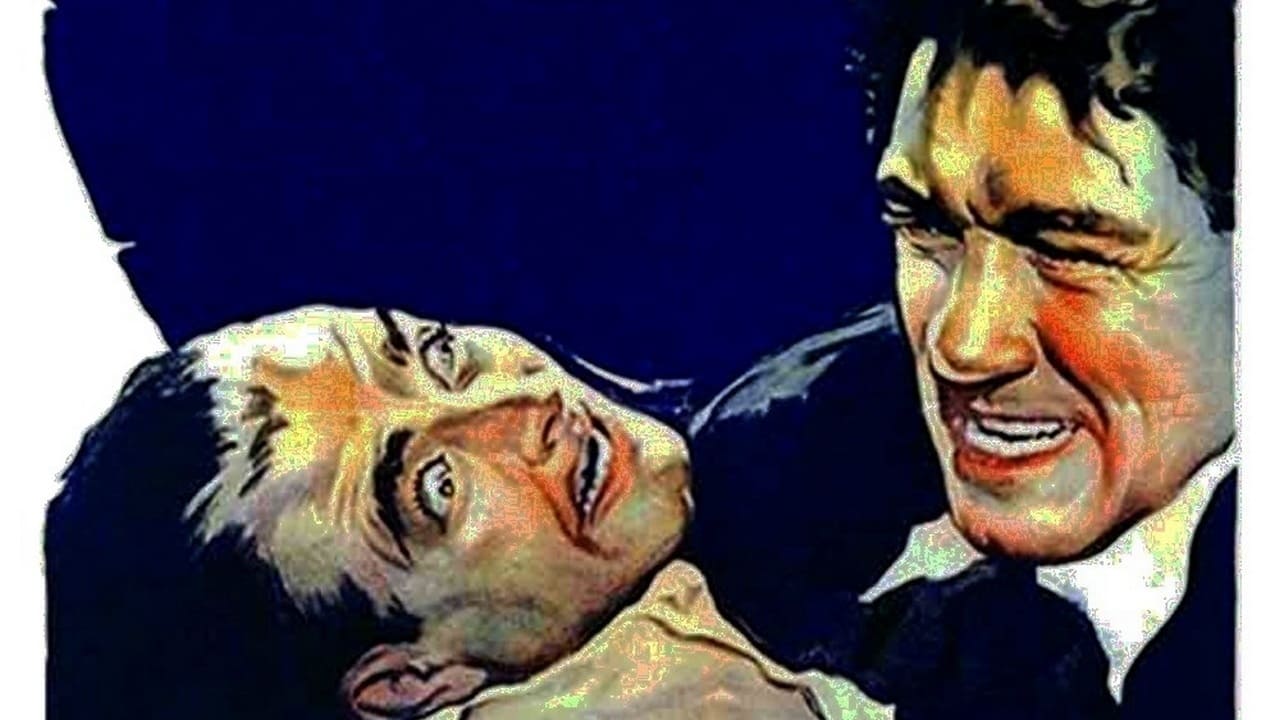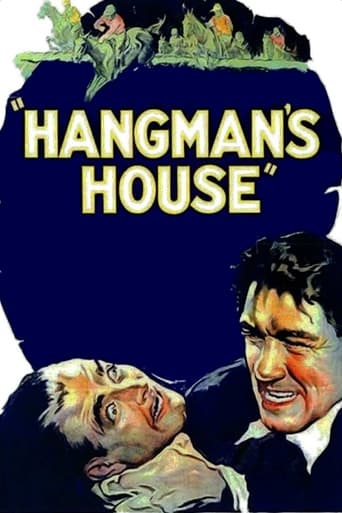Nonureva
Really Surprised!
Skunkyrate
Gripping story with well-crafted characters
Jenna Walter
The film may be flawed, but its message is not.
Billy Ollie
Through painfully honest and emotional moments, the movie becomes irresistibly relatable
zetes
On the opposite side of the disc for 3 Bad Men, I figured it was short and I might as well cross it off my John Ford list. Not worth the time. The story here is just boring, and, though it's interesting to see Victor McLaglen in a silent role and John Wayne as an extra (this was his first film appearance, and that's probably what the film is best known for), it's one of Ford's worst. McLaglen is supposedly the star, but he's mostly a side character. The main story revolves around a love triangle. June Collyer is the daughter of a notorious judge who sentenced many people to the gallows. Her father insists she marry a rich man (Earle Foxe) to ward off his bad reputation, but she's in love with Larry Kent. McLaglen plays a mysterious figure from Foxe's past who shows up to expose his own evil history. Wayne appears as a spectator at a horse race who gets so excited he breaks the fence in front of him. I admit I fell asleep about ten minutes before the end of this one but wasn't interested enough to go back and finish it.
barbb1953
I rented this at Netflix to see John Wayne in his earliest credited role, and there he is and in more than one scene, too, at the races. They had to kind of bury him with a family and friends and put him in the back of a wagon, until it was time to tear down the fence, in order to tone down this extra's height, good looks, and enthusiasm! Otherwise, he would have taken over the whole scene. No wonder Ford was interested in him.In addition to Wayne, though, I was surprised to see how good this movie is overall, even today. It has some of the 1920s melodramatic touches and rather silly (from today's perspective) plot devices, but that is more than outweighed by John Ford's film shots of the Irish countryside and its people.I swear Ford took some of the "Irish" shots out of this and set them into "The Quiet Man," in color and with sound; for example, the buggies with the men and women in the side seats are just shown in passing in "Hangman's House," but of course Ford makes them a prominent plot device in "The Quiet Man." There is actually more loving detail of upper class Irish life in "House," including some spectacular sets of houses and the waterways, than in "Quiet Man." Listen to the music in the race scene in "House": it's a version of the same tune that Michaleen starts in the last sequences of "The Quiet Man," when Wayne goes down to the train station to fetch O'Hara home. I always wondered why Ford featured that so prominently.Ford also used some very imaginative camera setups, including having some of the horses in the race come straight at the camera and then jump over it, as well watching the old hanging judge suffering torments of conscience...with the camera filming him from the back of the fireplace, through the flames! Victor McLaglen dominates the film, too. It's quite a revelation for someone who has just seen him in "The Quiet Man,"and seeing his performance in "House" enhances the whole fight scene at the end of "The Quiet Man."All in all, this excellent movie complements "The Quiet Man" quite well.
Michael_Elliott
Hangman's House (1928) *** (out of 4) John Ford directed this melodrama about an infamous hangman judge who's on his death bed when he asks his daughter (June Collyer) not to marry the man she loves (Larry Kent) but instead marry a man (Earle Foxe) who isn't any good but carries a certain social flame. As it turns out, this man is responsible for the suicide of a woman who just happens to have a brother (Victor McLaglen) who sets out for revenge. Once again Ford perfectly captures the mood, feel and atmosphere of the Ireland settings and makes a very fast paced film. The movie is mainly melodrama but there's an added touch of what would eventually become known as Gothic Horror. The creepy house used in the film is something you'd expect to see in a Euro Horror film as it really becomes its own vital character. The visuals are great throughout and really add to the dread of the situations and the entire cast shines in their roles. Foxe makes for a great villain with Kent a likable and sympathetic character. McLaglen steals the show as the brother who will stop at nothing to get vengeance. The finale contains some great stunts with the climax clearly being the highlight of the film. There's a scene here, which Ford would later use in The Quiet Man and we also get a clear view of a young John Wayne during one scene.
Single-Black-Male
Having worked as a 'grip' during his summer holidays between terms at the University of Southern California, John Wayne was given the opportunity to rub shoulders with John Ford in this film as an extra. When Wayne sustained an injury to his shoulder, Ford suggested to him to work full-time in films.

